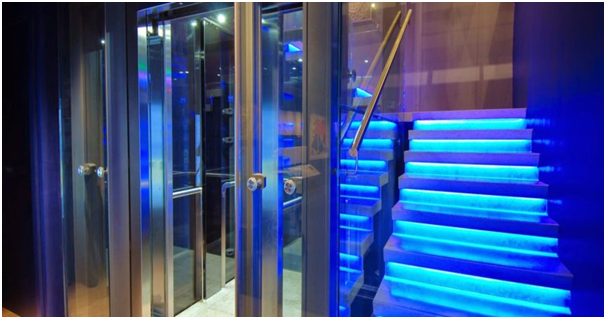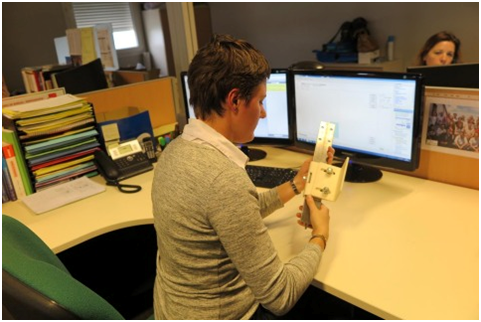
Charles R. Goulding elevates the 3D printing conversation in the elevator industry.
The large elevator manufacturing companies are restructuring which should drive business change and innovation. Otis, the famed inventor of the elevator, was spun out on April 3, 2020, from United Technologies as a separate company. Thyssen elevator, arguably the crown jewel of Thyssenkrupp, has been sold to private equity for $20.4 billion to strengthen the former parent’s weakened balance sheet.
Fujitec, a less known member of the Big 5, is under activist pressure to deliver better results. Switzerland’s Schindler and Finland’s Kone then round out the elevator Big 5. The Big 5 dominates new elevator manufacturing but the lucrative modernization, repair, and service business includes many smaller players. Presumably, the downturn in large city office building occupancy will reduce new equipment sales related to future new building projects.
The elevator industry presents tremendous opportunities for 3D printing components, including replacement parts, cabin interior hardware, brackets, shims, and attachments necessary to install an elevator.

A 3D printed fastener being tested at SODIMAS [Source: SODIMAS via Plastics Today]
The Research and Development Tax Credit
Whether it’s used for creating and testing prototypes or for final production, 3D printing is a great indicator that R&D Credit eligible activities are taking place. Companies implementing this technology at any point should consider taking advantage of R&D Tax Credits.
Enacted in 1981, the now permanent Federal Research and Development (R&D) Tax Credit allows a credit that typically ranges from 4%-7% of eligible spending for new and improved products and processes. Qualified research must meet the following four criteria:
- Must be technological in nature
- Must be a component of the taxpayer’s business
- Must represent R&D in the experimental sense and generally includes all such costs related to the development or improvement of a product or process
- Must eliminate uncertainty through a process of experimentation that considers one or more alternatives
Eligible costs include US employee wages, cost of supplies consumed in the R&D process, cost of pre-production testing, US contract research expenses, and certain costs associated with developing a patent.
On December 18, 2015, President Obama signed the PATH Act, making the R&D Tax Credit permanent. Beginning in 2016, the R&D credit has been used to offset Alternative Minimum Tax (AMT) for companies with revenue below $50MM and, startup businesses can obtain up to $250,000 per year in payroll tax cash rebates.
Conclusion
When large businesses are spun out from conglomerates they are normally better able to focus and act on key business initiatives. The presumed decline in new elevator sales should cause the large companies to invest in more 3D printing to capture a larger market share of the higher-margin, replacement parts market.
